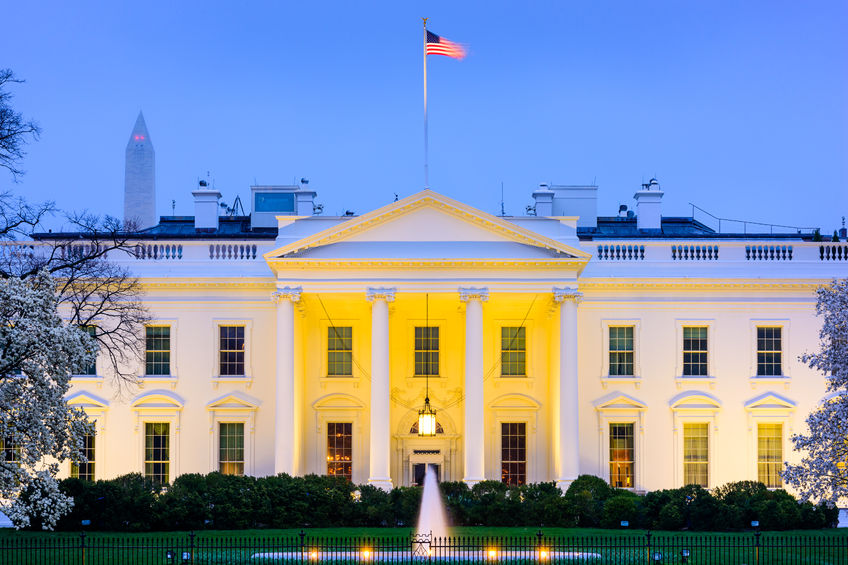
Primary metals, food and beverage, chemicals, machinery and aerospace are the domestic economic sectors most exposed to the risk of president-elect Donald Trump’s threatened 25% tariff on all Canadian goods sold into the U.S. That’s according to a sectoral analysis published Friday by Desjardins.
“Canadian companies are rightly highly concerned,” wrote Florence Jean-Jacobs, a principal economist with the firm. “Some should be more worried than others.”
There is no other greater threat to the Canadian economy in 2025, according to the report. More than 70% of goods and services sold outside of Canada go to the U.S. Desjardins has forecast that Trump will make good on his promise, albeit with “multiple exceptions.”
“Americans don’t want to compromise their own best interests,” Jean-Jacobs said in an interview. “We think oil and gas extraction and energy exports from Canada could benefit from an exemption.”
We are their top petroleum supplier, followed by Mexico, Saudi Arabia, Iraq and Colombia, according to the U.S. Energy Information Administration.
“Canada is number one, with nearly 60%,” Jean-Jacobs said. “Putting a tax on imports of oil would probably translate into higher energy costs in the U.S., which runs counter to Trump’s promise to reduce energy prices.”
The deeply integrated automobile sector is another one in which tariff threats could be unworkable. “The North American industry is integrated to such an extent that the tariff would hurt American manufacturers,” Jean-Jacobs said. She noted that half of General Motors pickup trucks sold in the U.S. come in from Canada or Mexico.
We may see a more targeted approach, according to the report. That would be consistent with what Canadian exporters experienced in Trump’s first presidential term, when tariffs were slapped on aluminum, iron and steel temporarily, before the Canada-United States-Mexico Agreement (CUSMA) was struck.
This time, U.S. importers have taken Trump at his word, stocking up on Canadian and other international goods as President Joe Biden’s administration winds down. That’s expected to continue in the first quarter, Jean-Jacobs said, as importers and exporters in both countries await news from Washington and Ottawa.
Highly negative impact
Should the tariffs go through, the primary metals, food and beverage, chemicals, machinery and aerospace and parts sectors would experience a “highly negative impact,” according to the report.
Manufacturers and those in the raw materials sectors will need to be watched closely. “About half of the value of Canadian domestic production in the mining, oil and gas industry is exported to the U.S.,” Jean-Jacobs wrote. “In the manufacturing sector as a whole, that number is about one-third, but it is more than 50% for the automotive sector and over 40% in aerospace.”
A range of others are classified as sectors “to watch.” That includes pulp and paper products, wood products, plastics and rubber products, crop and animal production, fabricated metal products, mining and quarrying, non-metallic mineral products, fishing, hunting and trapping, transportation and warehousing, wholesale trade, forestry and logging and petroleum and coal products.
There’s a potential ripple effect too, that could hit transportation and warehousing, wholesale trade and professional services, according to the report.
“If some of these multinational companies have the choice between investing in more production in Canada or their U.S. production facilities… [it] becomes easier to say, ‘well, we’re going to downgrade in Canada because that would mean importing from Canada afterwards and paying the price,'” Jean-Jacobs said. “The risk of reduced investment in Canada is quite real.”